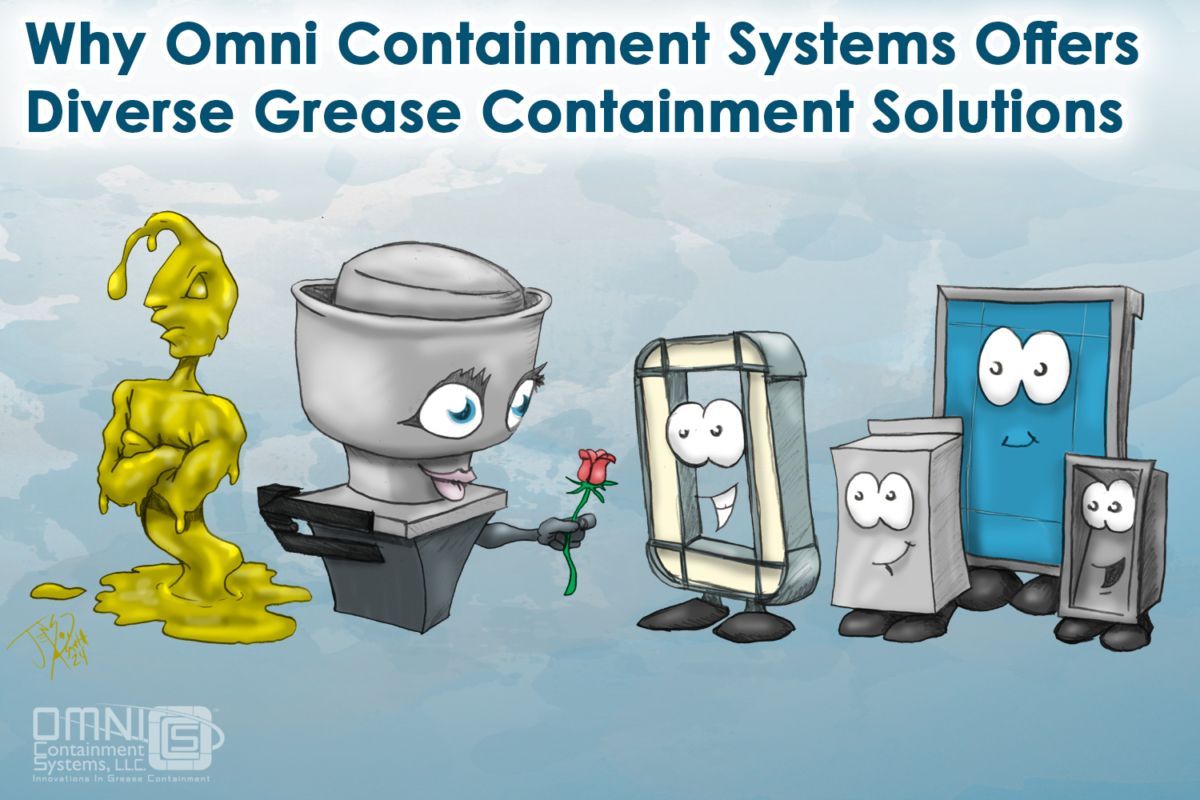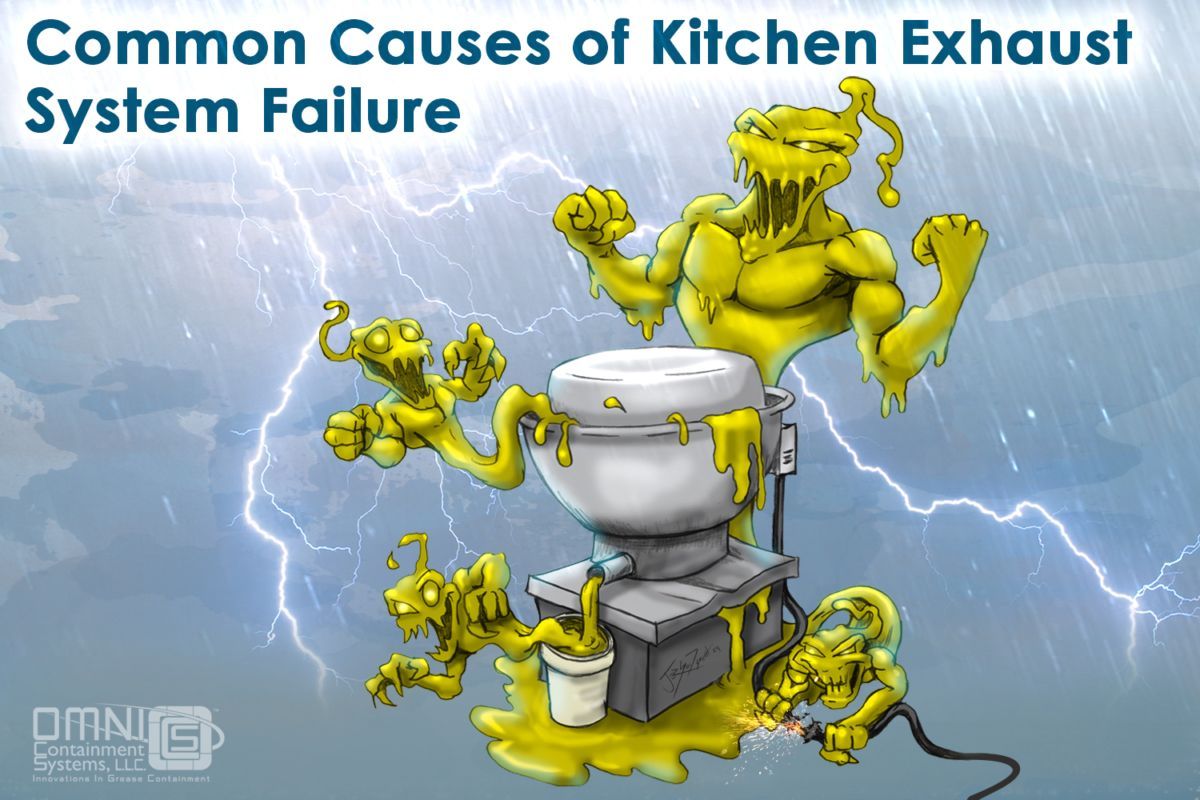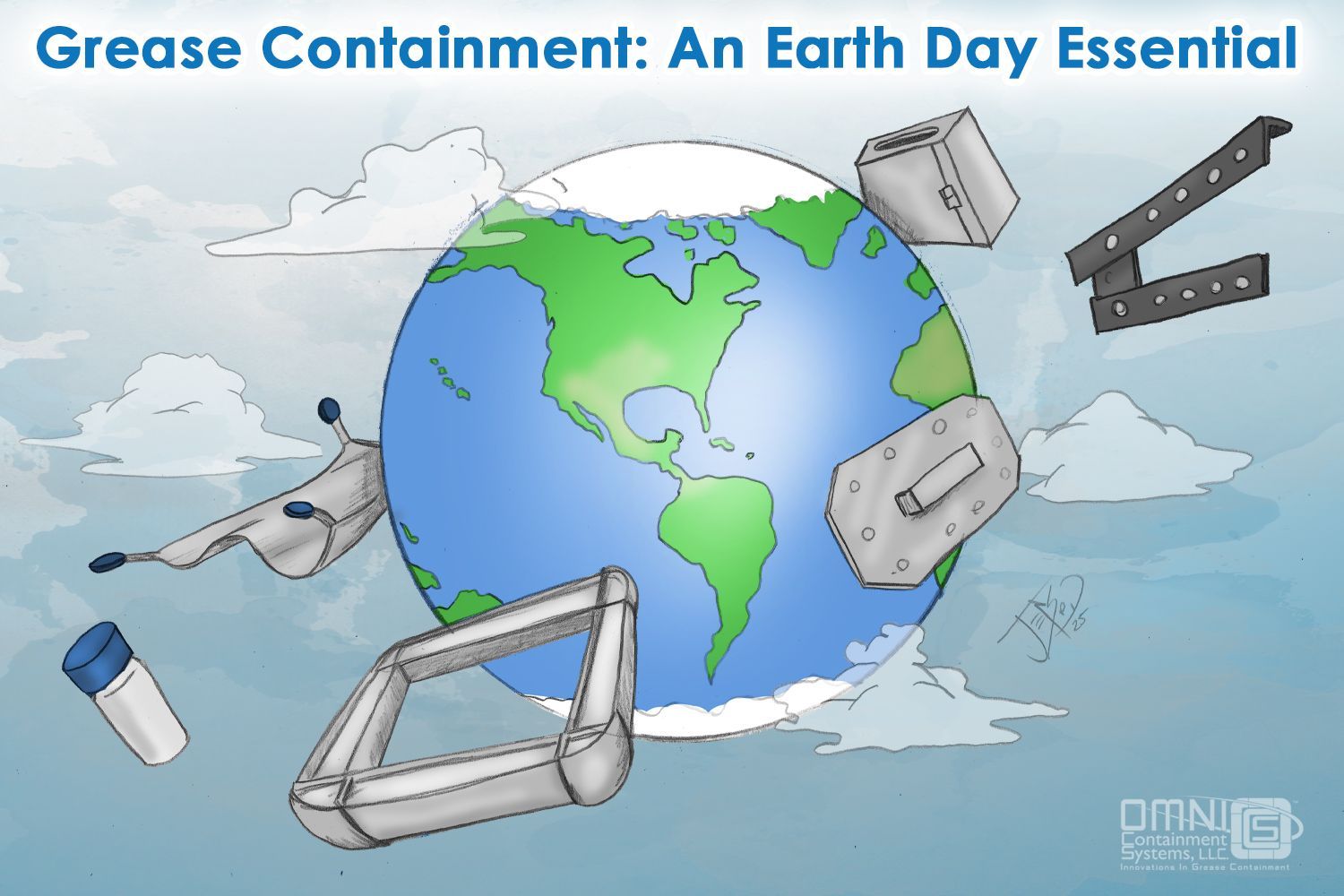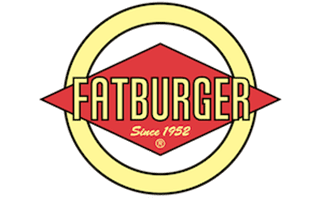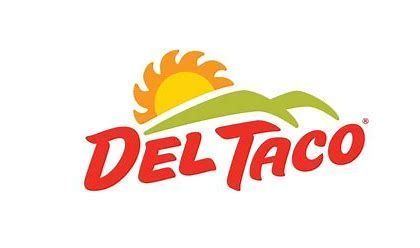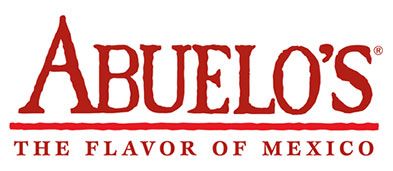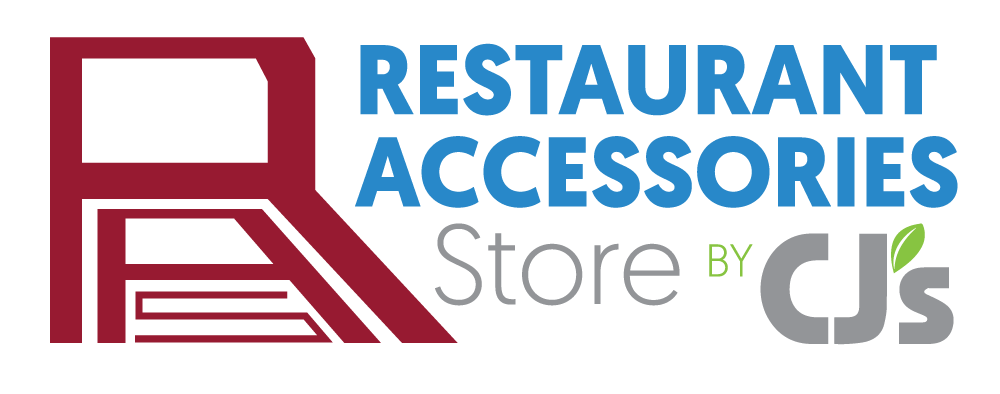
Understanding the Lifecycle of Rooftop Grease Containment Systems: When to Upgrade
Rooftop grease containment systems are essential for preventing grease from kitchen exhaust fans from damaging rooftops, creating fire hazards, and polluting the environment. Like any other equipment, these systems have a lifecycle that requires regular maintenance, inspections, and eventual replacement. In this guide, we’ll walk you through the key stages of a grease containment system’s lifecycle and provide insight into when it’s time to upgrade your system.
The Importance of Grease Containment Systems
Commercial kitchens produce large amounts of grease and oil through their cooking processes. Without a proper containment system in place, this grease can accumulate on the rooftop, damaging roofing materials, clogging drains, and creating a significant fire hazard. Rooftop grease containment systems are designed to capture and contain these substances, preventing damage and ensuring compliance with safety and environmental regulations.
1. Initial Installation
The lifecycle of a rooftop grease containment system begins with installation. It’s important to select the right system for your specific kitchen environment. Factors such as cooking volume, type of food prepared, and local weather conditions should be taken into account. At this stage, you’ll also want to ensure proper installation by a qualified professional to guarantee optimal performance.
Key Considerations for Installation:
- System size and capacity based on cooking operations
- Hydrophobic filter technology for enhanced grease absorption
- Proper placement and secure installation on the rooftop
2. Regular Maintenance: Protecting Your System
Once your grease containment system is installed, regular maintenance is crucial to prolong its lifespan and maintain its efficiency. The key to effective maintenance is establishing a routine cleaning and filter replacement schedule based on your kitchen’s cooking volume and grease output.
Maintenance Checklist:
- Visual Inspections: Conduct visual inspections weekly or monthly to check for signs of grease overflow, clogged filters, or damage to the system.
- Filter Cleaning/Replacement: Replace or clean filters regularly. Most systems require filter replacement every 3-6 months, depending on usage.
- Cleaning the Surrounding Area: Ensure that the surrounding area of the grease containment system is free from grease buildup to prevent fire hazards.
- Monitor Grease Levels: Keep an eye on the grease collected in the system’s trays or pans and empty them as needed.
Regular maintenance prevents grease from seeping into your rooftop materials and ensures compliance with local fire and environmental safety regulations.
3. Inspections: Identifying Potential Issues Early
Routine inspections are essential to catch any potential issues with your grease containment system early. It’s a good practice to schedule more thorough inspections every 6 to 12 months by a qualified professional, in addition to your regular visual checks.
During these inspections, professionals will:
- Check the integrity of the filters and containment units
- Inspect rooftop exhaust fans for proper functioning
- Evaluate whether the system is effectively containing all grease runoff
- Assess if any additional grease containment measures are required
Signs It’s Time for Inspection:
- Increased grease accumulation on the roof or in the drainage system
- Noticeable odors from the grease containment area
- Discoloration or corrosion on the rooftop near the exhaust fans
- Unusual grease flow patterns
4. When to Upgrade Your Grease Containment System
Even with proper maintenance and inspections, there will come a time when your grease containment system may need an upgrade or replacement. Here are key indicators that it’s time to upgrade:
- Frequent Overflow or Leakage: If your system is frequently overflowing or leaking despite regular maintenance, it may be undersized for your operation’s grease output.
- Excessive Wear and Tear: Over time, components of the system can become corroded, cracked, or damaged, especially in harsh weather conditions. If repairs are becoming too frequent, it’s more cost-effective to upgrade to a newer system.
- Increased Maintenance Costs: If you notice that you’re spending more time and money on maintaining the system, it may be nearing the end of its lifecycle.
- Outdated Technology: Advances in grease containment technology, such as hydrophobic filter technology, offer better efficiency and longer lifespans. Upgrading to a modern system can enhance performance and reduce long-term costs.
- Changes in Kitchen Operations: If your kitchen has increased its cooking volume or changed its cooking methods, your current system may no longer be suitable. Upgrading to a larger or more advanced system can better handle the new load.
5. Maximizing the Lifespan of Your System
To maximize the lifespan of your rooftop grease containment system, it's essential to follow a proactive maintenance and inspection routine. Ensuring that you’re using the right filters, performing regular cleanings, and addressing potential issues early will not only extend the life of the system but also reduce long-term repair costs.
Consider consulting with Omni Containment Systems to evaluate your current system’s effectiveness and whether an upgrade is necessary. Their range of products, including cutting-edge grease containment systems and the Omni Super Hinge™, provides innovative solutions for managing grease in the most efficient and cost-effective manner.
Conclusion
Understanding the lifecycle of your rooftop grease containment system is critical for protecting your investment and ensuring the safety and efficiency of your kitchen operations. By maintaining a regular inspection and replacement schedule, you can avoid costly damage to your rooftop and ensure your kitchen meets safety and environmental regulations. When it’s time to upgrade, Omni Containment Systems offers a range of high-performance products designed to meet the needs of any commercial kitchen.
Stay proactive with your grease containment system, and you’ll ensure long-lasting performance and peace of mind.
Share This Blog Post!
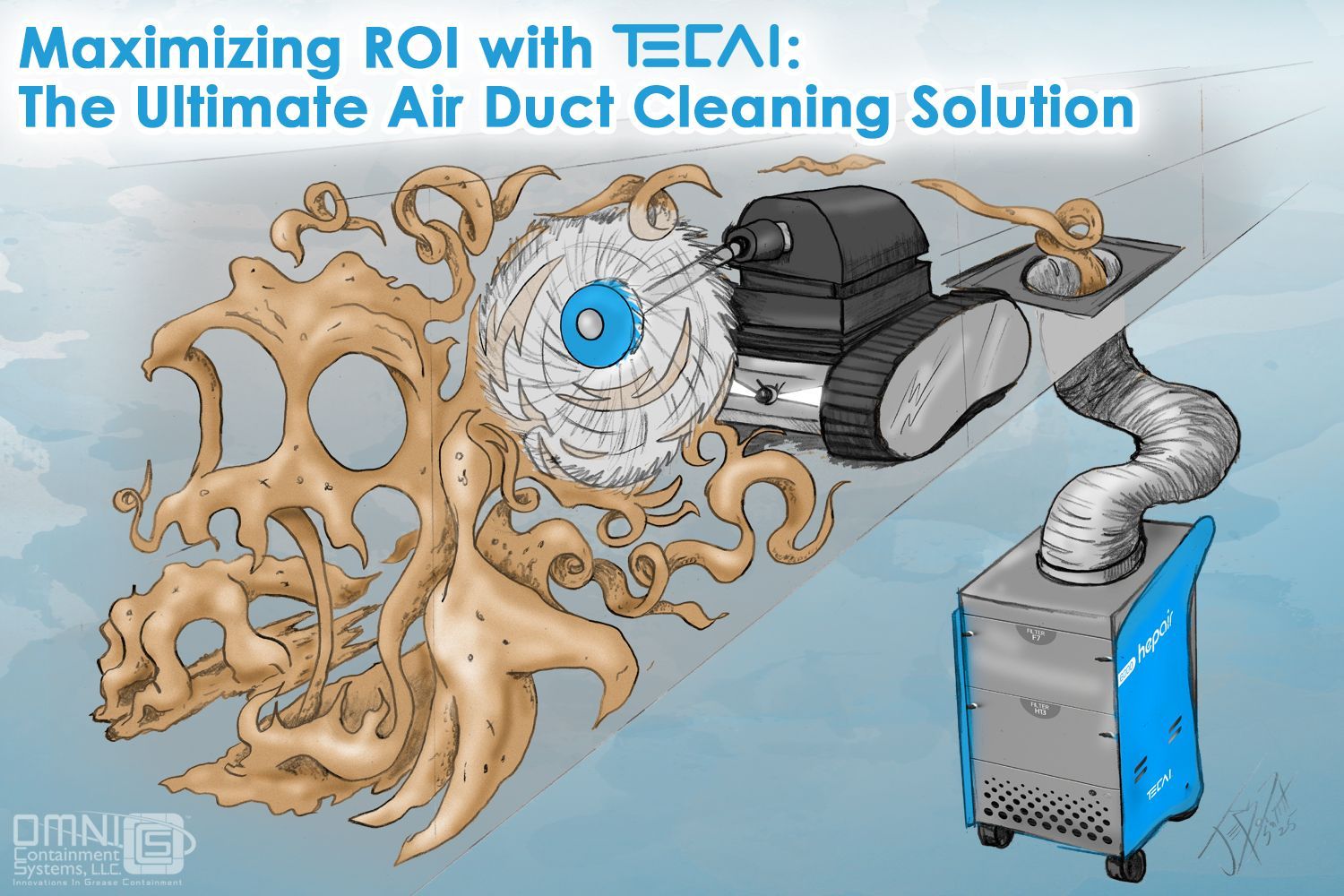


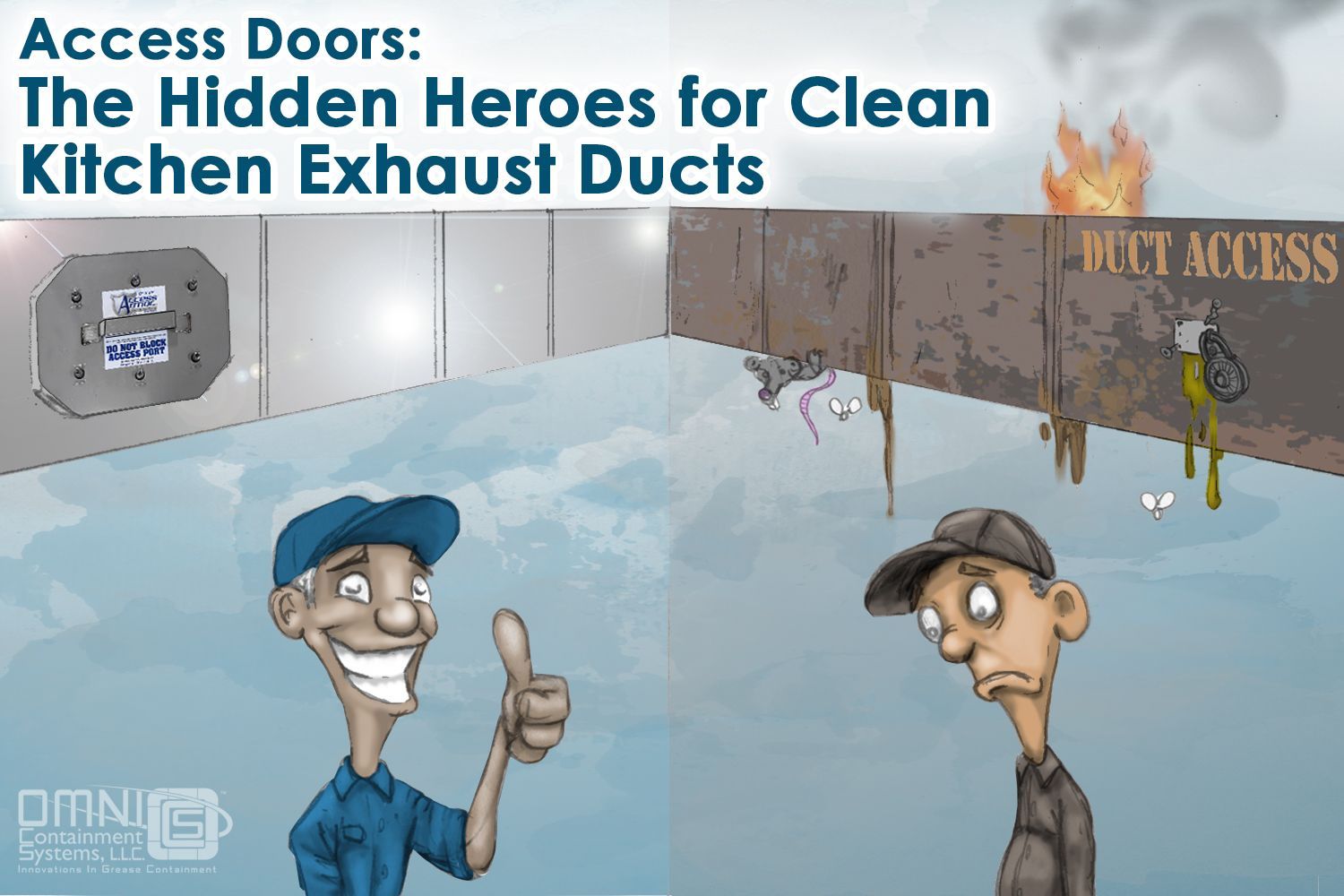
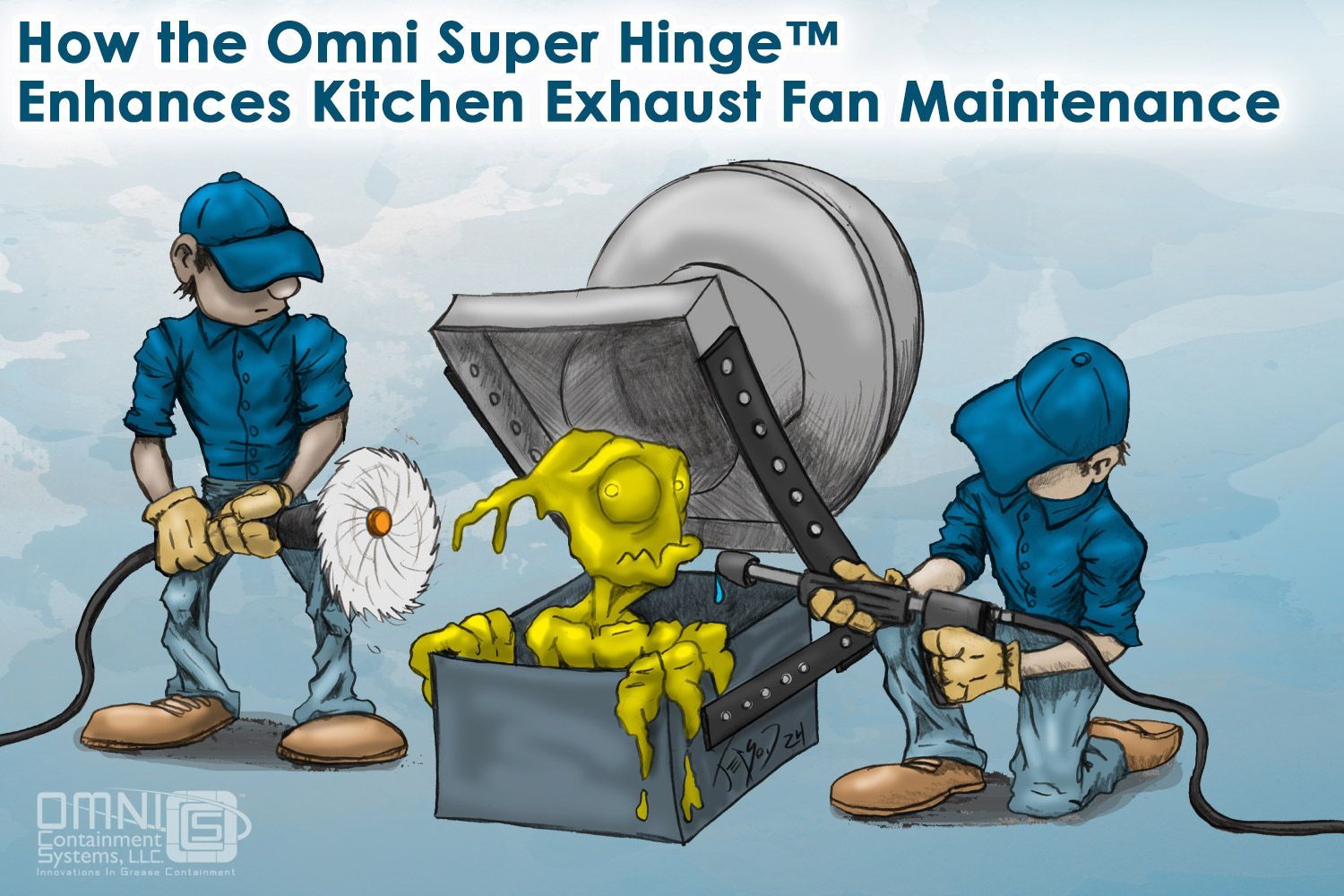

The Role of TEINNOVA in Revolutionizing Duct Cleaning: A Collaboration with Omni Containment Systems
